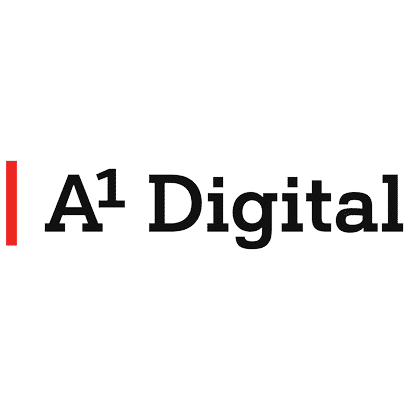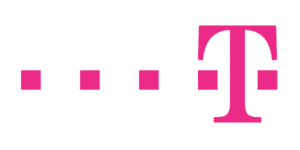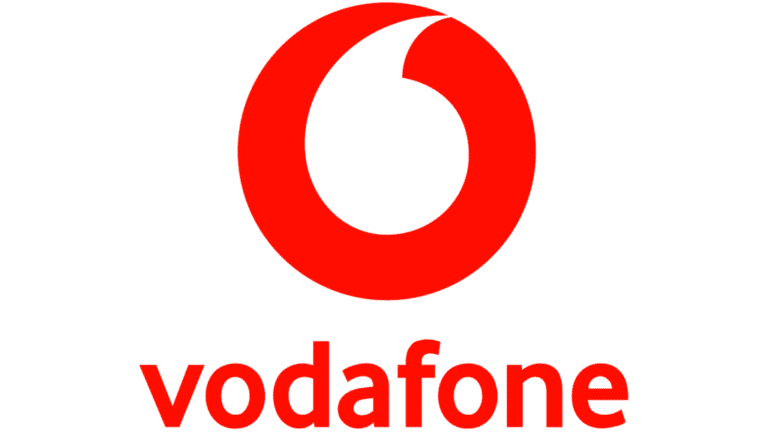What is IoT? - An introduction
As digitalisation continues to advance, one term is appearing more and more frequently: "IoT„
But what is IoT exactly? How does it work and what can it actually be used for?
In the following article, we will give you a first introduction to this topic and introduce you to corresponding sections where you can find further information on this page.

What is IoT in general?
The abbreviation "IoT" stands for "Internet of Things". In general, this describes the development that in the increasingly networked and digital world, any devices and machines can be connected to the Internet and thus monitored or controlled.
Whereas in the past these were still the usual devices such as computers, cell phones or individual systems in the infrastructure, the spectrum has now already spread significantly. From the control of various household appliances, to the recording of one's own vital signs, to the analysis of environmental conditions by means of sensors - all devices that process, collect or evaluate data are increasingly networked.
In fact, the main goal of IoT is to collect as much data as possible and gain additional information from it in order to be able to analyze and improve systems and processes, as well as make them more efficient.
Visit our entry page to the "IoT" section, with more information and subpages.
Example: Industry 4.0
One area in which this development has already partly found its way is the economic sector and the industrial processes in companies. As with other adaptations of these processes, the goal here is also to carry them out more economically, i.e. more cost-effectively and efficiently.
In concrete terms, this means that all machines are connected to the company's own network and integrated there. In this way, their status and measured values can be queried and monitored from anywhere, allowing a faster response in the event of a fault. However, the advantages are not limited to monitoring and maintenance of the equipment. When combined with data from the company's own ERP system, planning can also be improved and processes made more productive. For example, complex production chains can be analyzed and individual sub-processes can be examined for unused capacities or bottlenecks. In the event of (delivery) delays, capacities of dependent processes can also be quickly rescheduled.
A step that goes even further is the complete automation of industrial processes, e.g. by means of production lines. These are not a new development, but the networking and integration into the complete company network makes monitoring and control, as well as adjustments in case of need, much easier.
In the corresponding IoT section, you can learn more about Industry 4.0. You can also read about the areas in which IoT is used under IoT Solutions.
Are you interested in an individual solution? We will be happy to advise you!
IoT: Networking and Management with the right hardware
In order to implement the aforementioned measures, the prerequisites must first be created - specifically, the networking of all machines and devices already mentioned. This means that they must be connected to the Internet or to their own network.
This can be realized particularly easily and very flexibly by using SIM cards, such as the one from M2M Allnet here. These enable connection regardless of location and even in hard-to-reach places where subsequent network installation is complicated. In addition, this Internet connection works across networks, so that the best network can always be used and an alternative connection can also be used in the event of a network failure.
As a wide variety of devices and machines are networked together as part of IoT, it is naturally also necessary to ensure that they can communicate with each other without any problems. A variety of network protocols and integrations have already been developed to achieve this compatibility, but each network is made up of different components and may require individual adaptations.
You can learn more about IoT connectivity here. You can also read more on our pages about IoT Platform and IoT Hardware.




